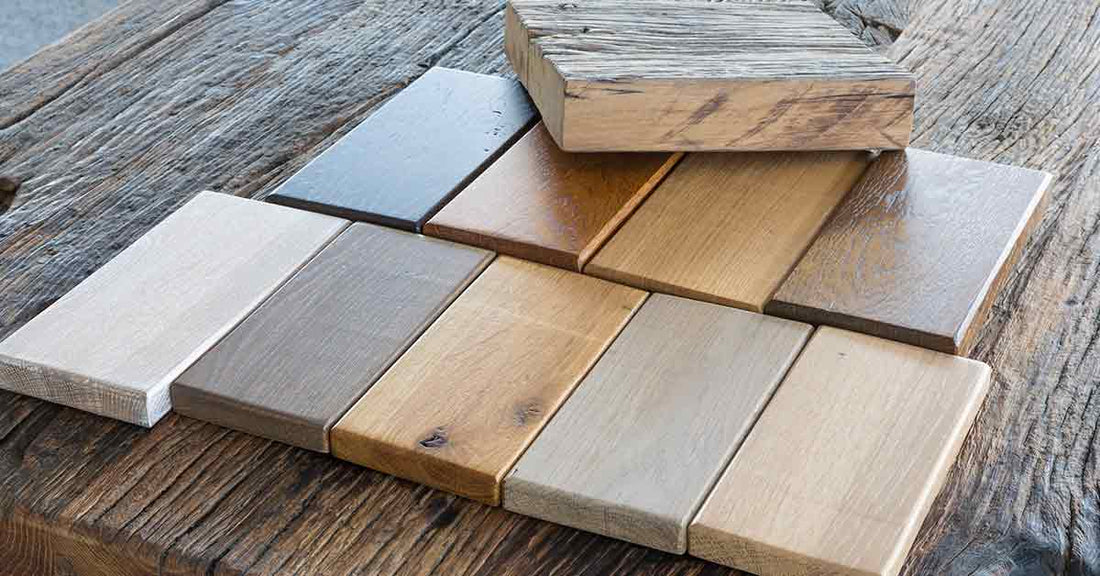
10 Decorating Tips for Combining Different Types of Wood or Wood Finishes
Share
Solid wood furniture is great. Maybe we're biased because that's what we make (all Heywood-Wakefield furniture is crafted from Norther Yellow Birch grown on sustainable American tree farms), but still, it's true. Furniture made from solid wood is sturdy and durable. But its benefits aren't merely practical; it also adds a beautiful natural element to your indoor environment. Many people find wood to be a soothing addition to a space's décor. It's relatively versatile, too, when it comes to mixing and matching it in with other elements in a room, including various colors, patterns, and styles. However, it can get a little tricky if you have different types of wood or different stains trying to play nicely together in the same space. One common situation is simply that many people don't buy all of a room's furniture at the same time, and they may not be able to always find perfect matches when updating with a new piece. But that's OK. With a little know-how, you can successfully and tastefully put together a room that contains furniture, floors, or other surfaces made from different types of wood or finished with different stains. Below are 10 tips to help you pull it off.
Tips for Combining Woods and Finishes
- Look for woods with similar natural undertones. For example, sticking to all blonde woods, all reddish woods, or all gray woods generally creates a cohesive appearance
- Combine woods with all warm or all cool undertones and the hues of their stains are much less likely to clash.
- When a room has mostly light wood pieces, use a large dark wood focal piece to add contrast, or vice versa.
- Choose an accent wood or stain that is present in at least two or three places throughout the room to establish unity.
- Add textural variety by mixing rough and smooth pieces or rustic and polished ones.
- Opt for woods with similar grains, whether relatively plain or elaborate or something in between, rather than mixing grains of varying prominence.
- Use visual buffers, like an area rug between a wood table and a hardwood floor, for example. This prevents direct juxtapositions that highlight the differences between the woods.
- Spread wood elements out fairly proportionally all around the room to avoid throwing the space off balance.
- Don't get carried away. It's pretty easy to combine a few different woods and stains, but when you start piling on too many dissimilar elements, it gets increasingly difficult to hold it all together.
- Use a high-visibility accent color around the room in various décor elements to tie the room together and take some of the pressure off the wood to unify the space
